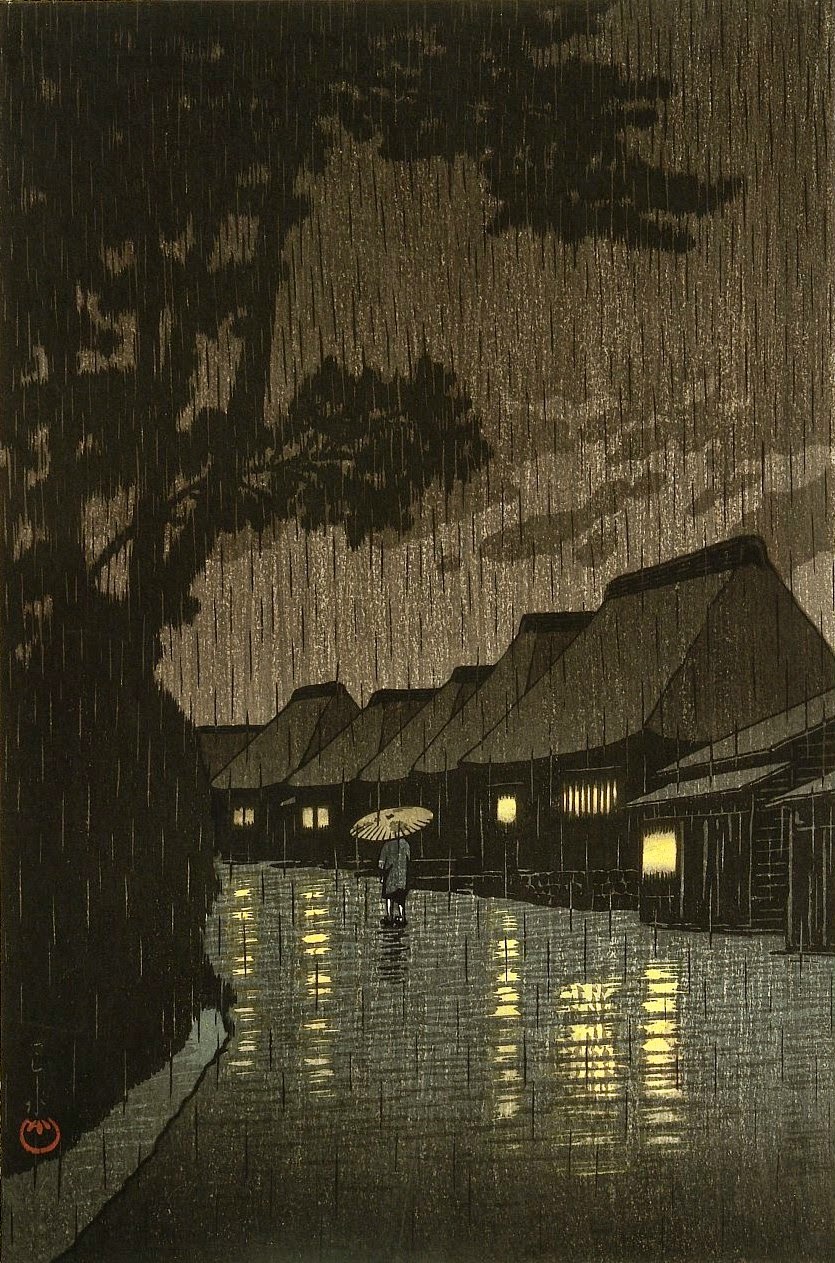 |
| Rain in Maekawa 1932 |
Being traditionally trained as a modern American art student, Asian art never played a large part in my education. When I was a boy, the Asian wing at the Met was merely a short cut to the Armor Room. I was familiar with Japanese art in as much as it influenced the Impressionists. Early in my career I illustrated extensively for AEG’s Legend of the Five Rings, but although those paintings borrowed Asian costume pattern and architecture, they were still illustrated in a decidedly Western aesthetic.
In 2005 however, I was in Chicago and had the opportunity to see an exhibit of Japanese woodblock prints at the Art Institute. It was one of those formative experiences that you don’t expect or look for, but changes the way you work for the rest of your life. Represented were the traditional 19th century masters Hiroshige and Hokusai, but most importantly I was introduced to Kawase Hasui (1883-1957).
I was mesmerized by these alluring, beautiful and candid snapshots of Japanese landscapes that straddled the 19th Century woodblock tradition and the 20th Century modernism, depicting a rapidly changing Japanese society. Simplifying of forms, dramatic compositions and cinematic use of lighting, including rain, fog and snow for atmospheric effect was almost Impressionistic, with modern colors, while maintaining the graphic compositions of Ukiyo-e prints that had originally influenced the early Impressionists.
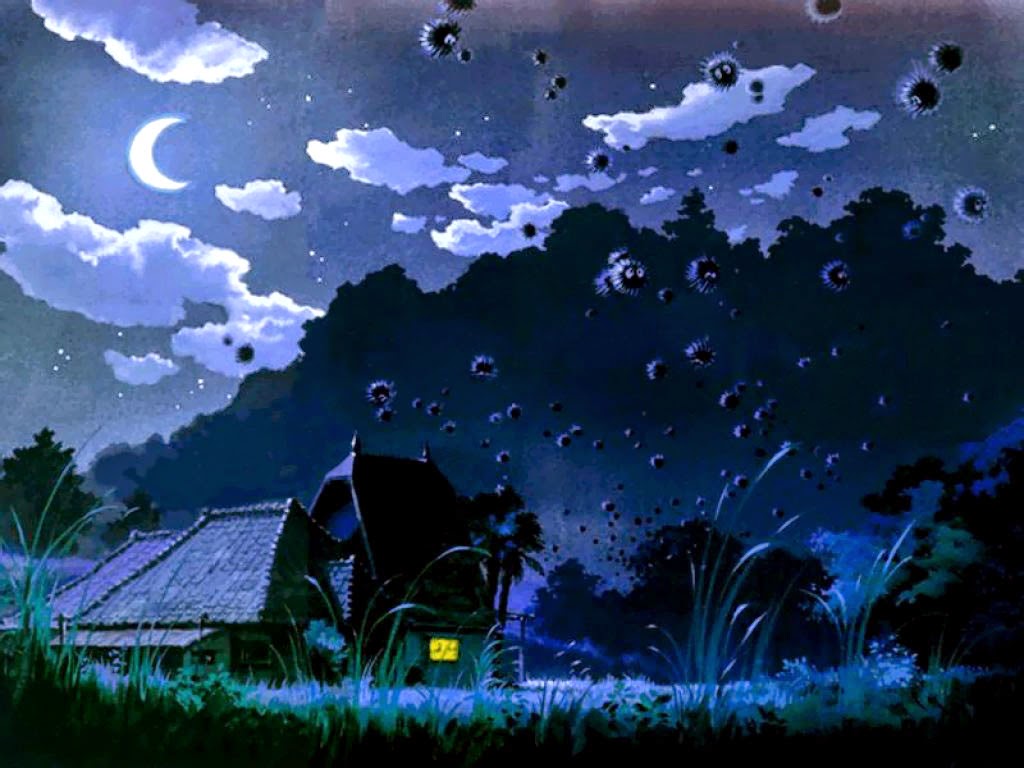 |
| My Neighbor Totoro. Miyazaki 1988 |
Named a Living National Treasure in Japan a year before his death Hasui’s influence continues, as evidenced by contemporary artists like Hayao Miyazaki (1941-present). Every time I watch Ponyo or Totoro with my daughter I see Hasui’s influence, and his images are some of the few prints I have hanging in my home. Today Hasui’s work is commonly available on postcards and calendars, but his original prints are very affordable for only a few hundred dollars at any reputable print dealer. I am glad that my daughters are being exposed to this amazing artist long before I ever was. Today my work is deeply influenced by many Japanese artists, but Hasui stands as one of my favorites.
For further research into Hasui read: Visions of Japan: Kawase Hasui’s Masterpieces



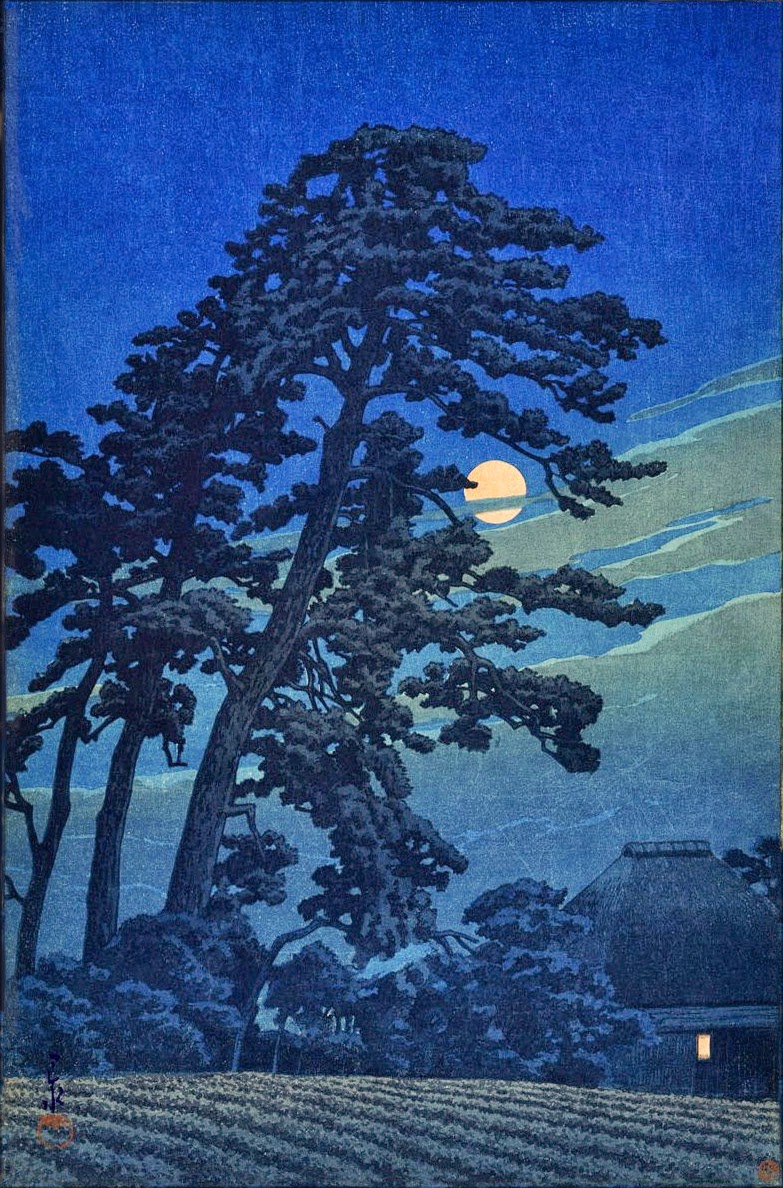
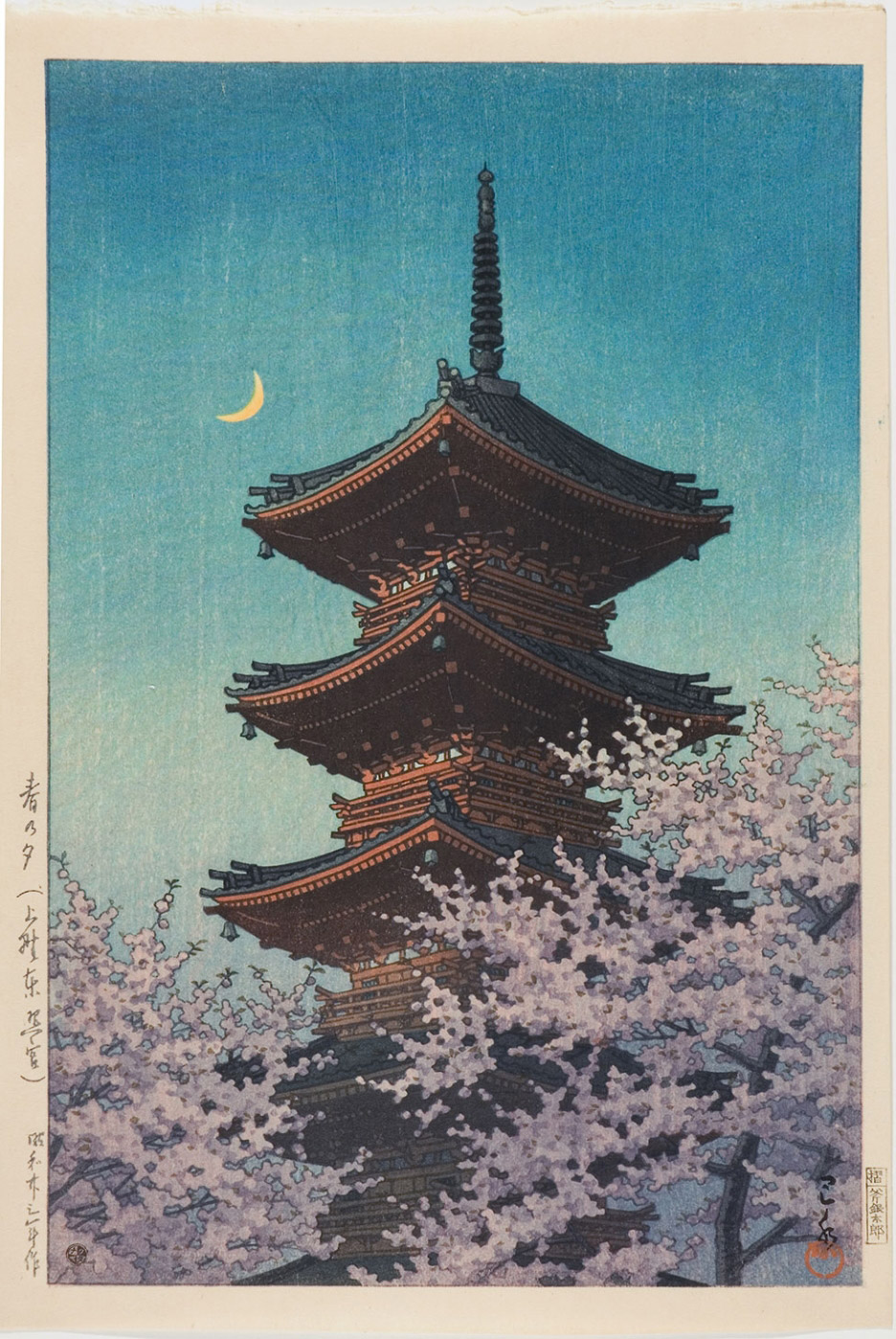
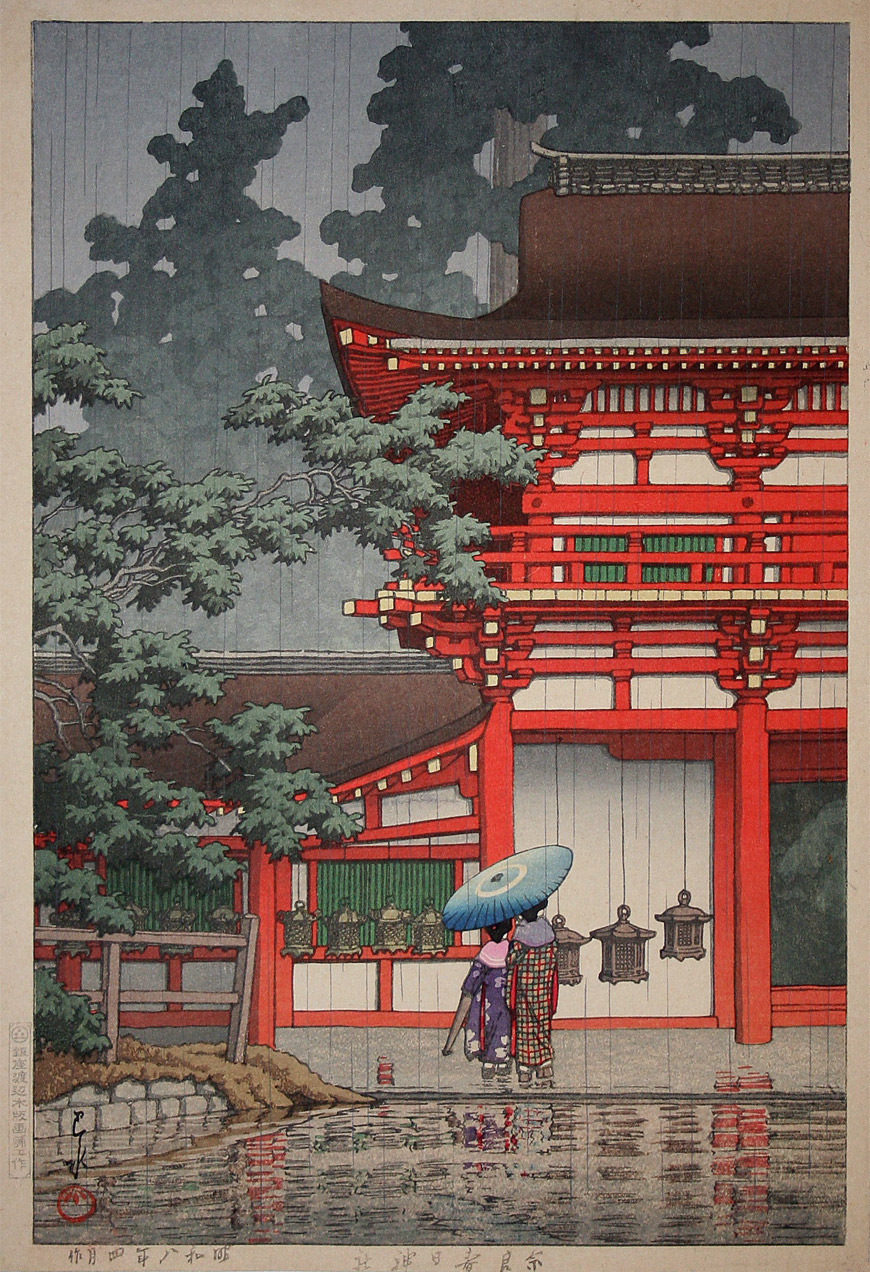
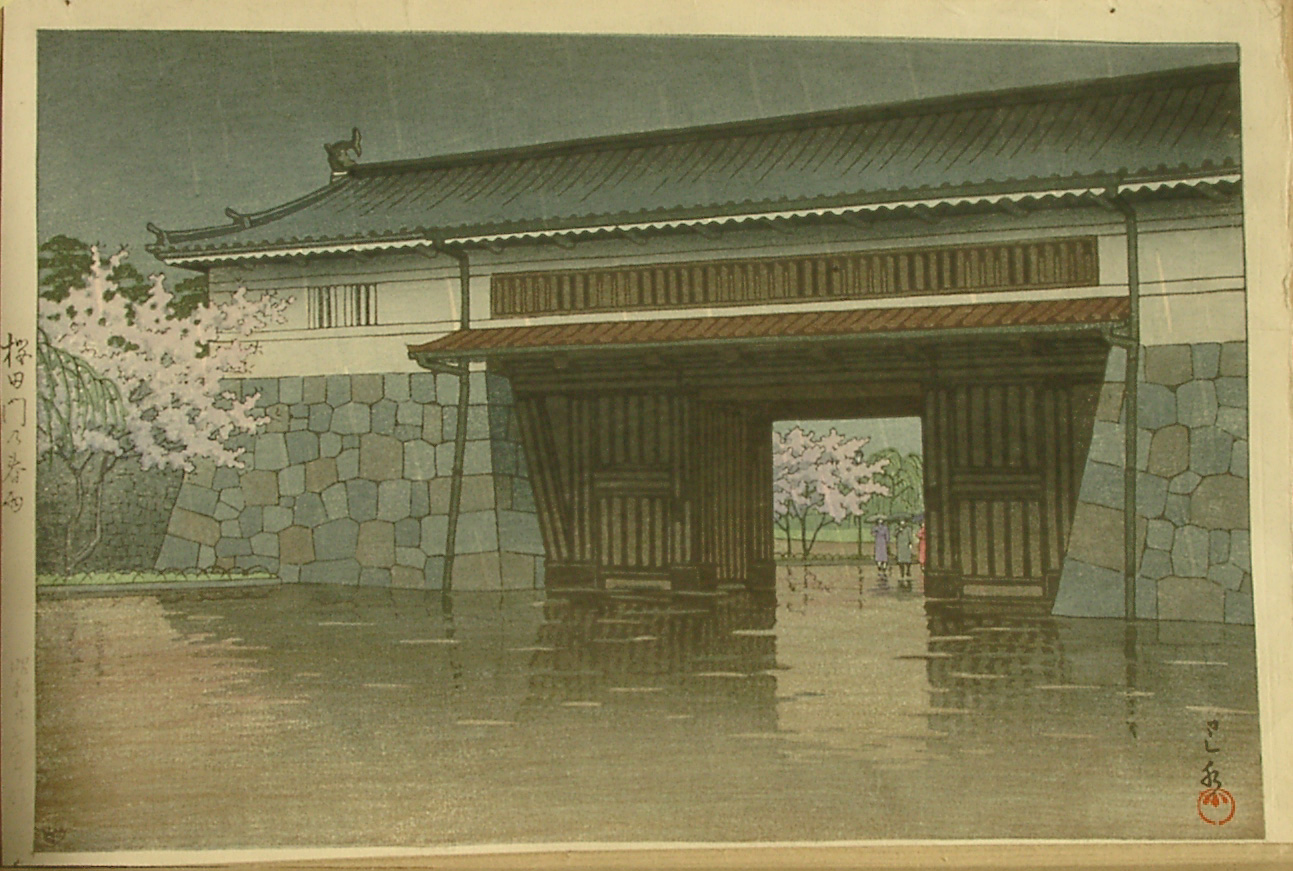
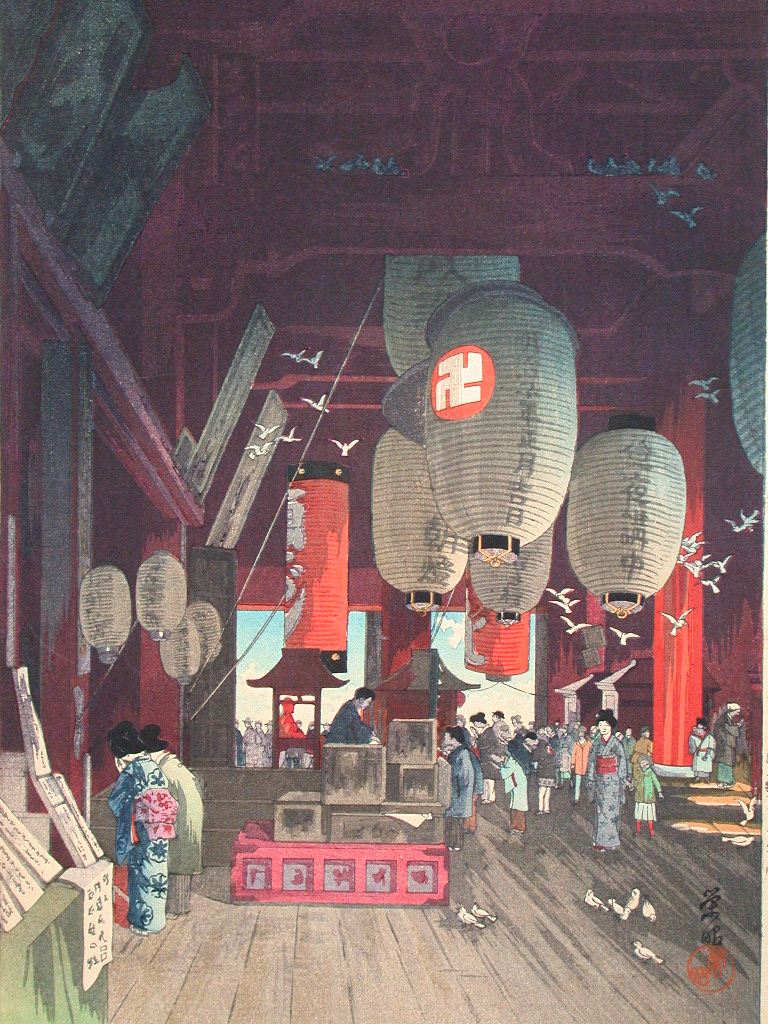
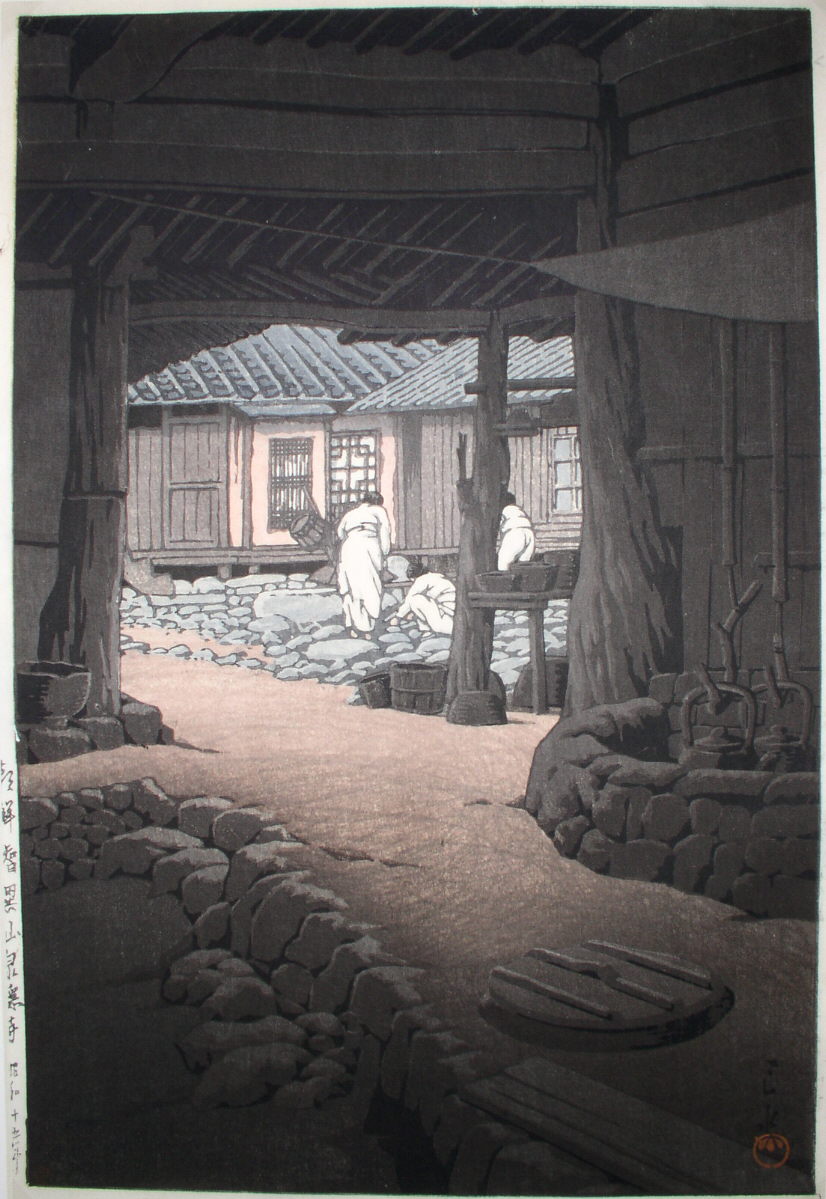
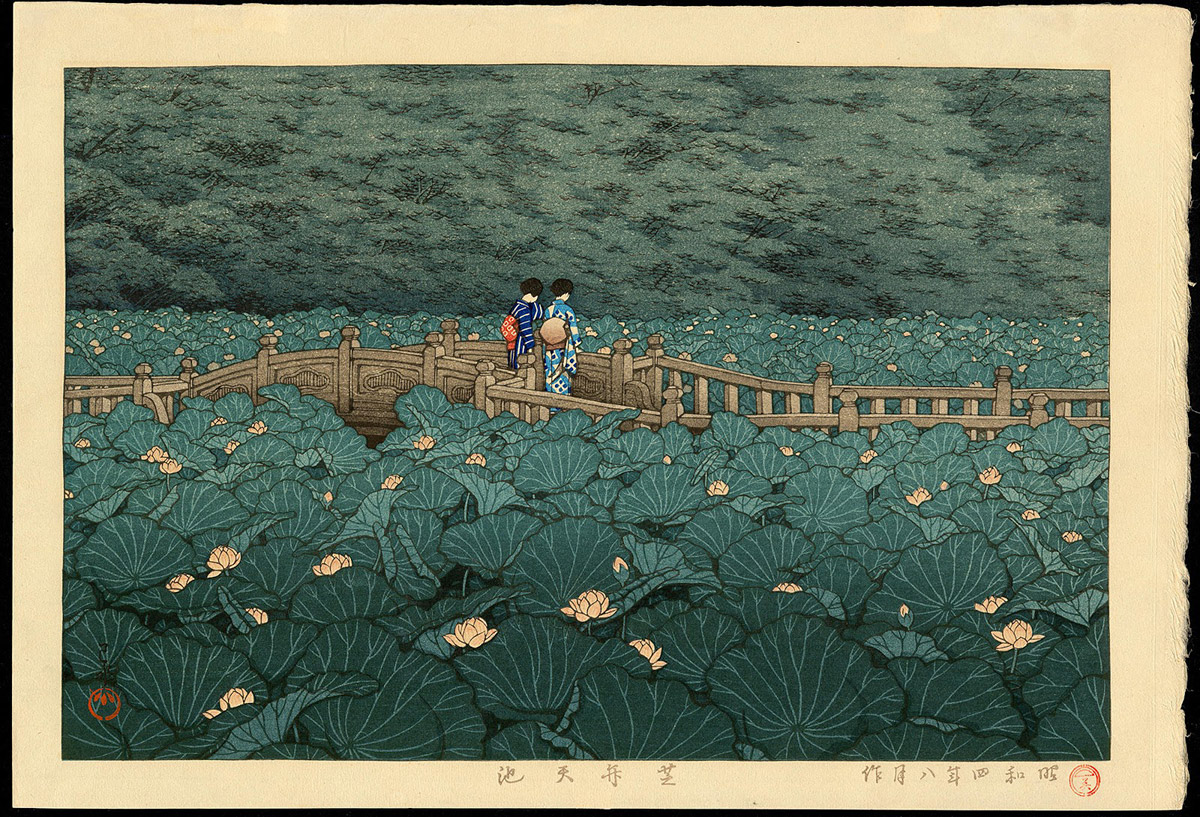
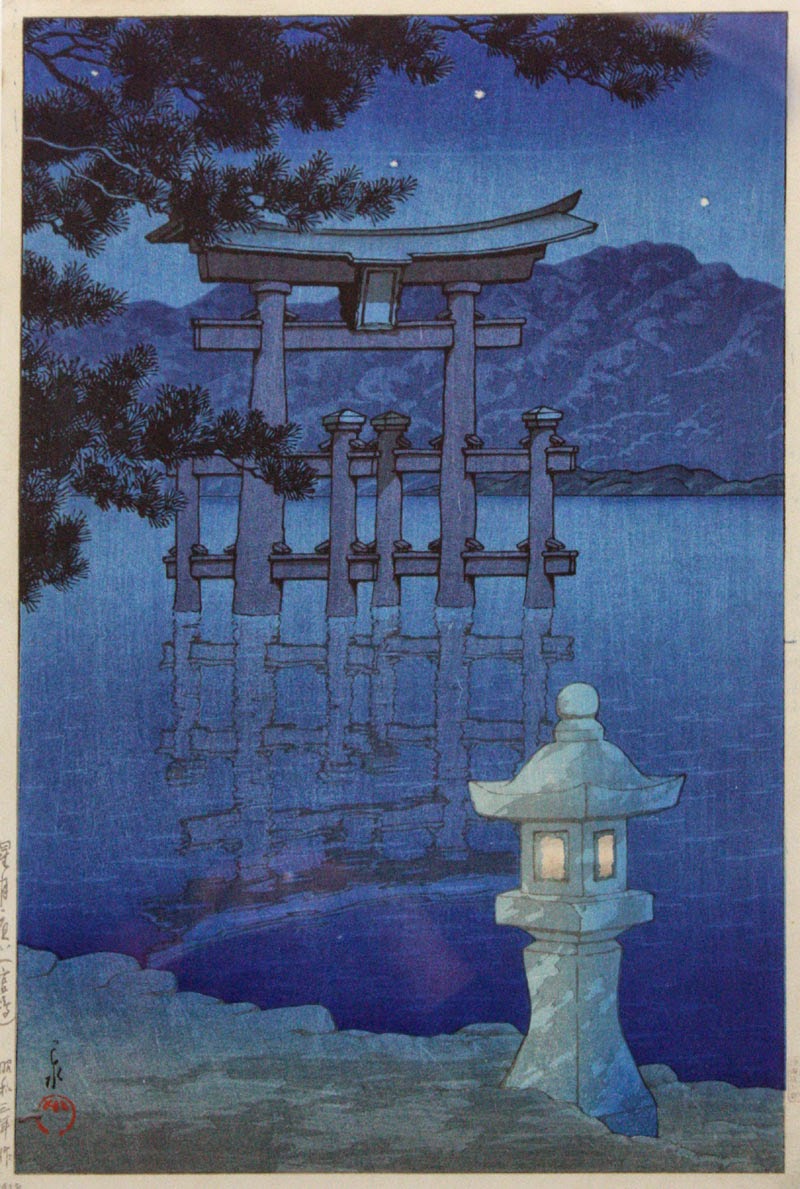
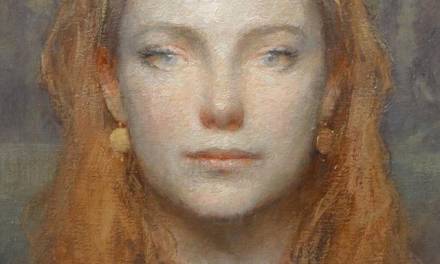
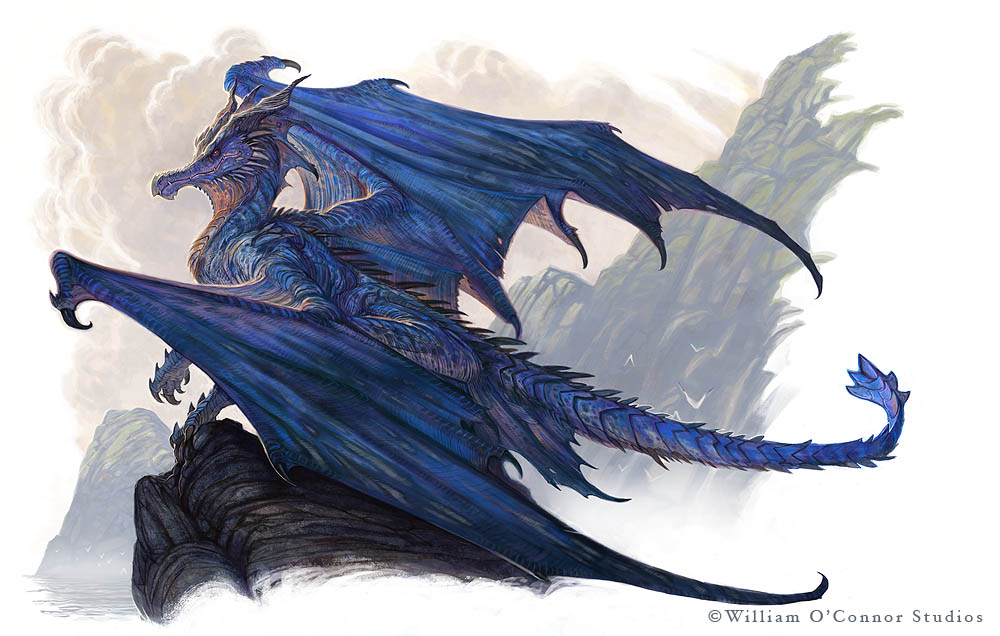
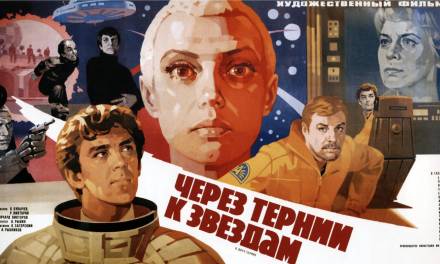
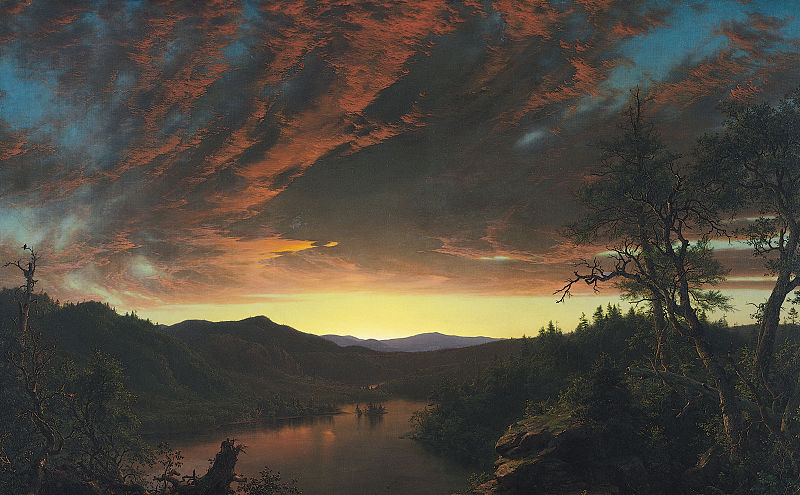

Thank you so much for this post William. Never heard of this guy and I love the work. Inspiring, useful and fantastically poetic.
wow, these are really beautiful
These are fantastic, thanks for sharing!
I'd also highly recommend checking out Qijia Dawa. He's a contemporary (and I think still living) Tibetan woodblock artist. It is fairly difficult to find many images for his work with basic internet searching but I still recommend trying. Early in my college career, it was stumbling across his work that caused me to drop my Criminal Justice Major and switch to Fine Art focusing on Printmaking.
To say that Hayao Miyazaki was influenced by Kawase Hasui seems a bit of a stretch. It would be safer to say that they were inspired by similar ideals held in Japan and it is that, that reminds you of Kawase Hasui in Miyazaki's movies. Obviously artists take inspiration from all walks of life, and as a consumer and creator of art we are more sensitive about similarities, but that doesn't necessarily mean one artist patterned themselves after another. Thanks for sharing this artist though!
These are beautiful. Thank you for introducing this artist to me.
Thank you William. These are wonderful.
I love Kawase Hasui's work, but my favourite is his contemporary, Hiroshi Yoshida (I especially love his glorious clouds!). After really diving into learning about Shin-hanga last summer, I think it's been a quite obvious influence in my own work since then – the colour palettes and shapes. I also feel like there's a definite spiritual connection between Shin-hanga and “Ligne claire”, right through to Moebius.
Like you, William, I have a treasured print of Shiro Kasamatsu's Rainy Evening at Shinobazu Pond that's travelled with me halfway around the world, which I bought for a pittance in a knick-knack shop. A lovely post – thank you!
Much helpful for me as I have just started a new blog. In the start it is very irritating when you are posting and posting and not receiving enough traffic. Its the hardest time for blogger I think. :p Well, I hope I will make my blog good soon. Your articles are much helpful in this matter. 🙂 thanks
wordpress tutorial, tech news,technology
William, just wanted to add this link for you, if you haven't seen it:
https://www.youtube.com/watch?v=F9aKZANosr0
I came across this footage last summer, and for some reason it took me a long time to track it down again. It's silent, but we get to actually see Kawase Hasui sketching on-site and then preparing the sketches for the woodblocks, and apparently that is master carver Maeda Kentaro working on the blocks – amazing to see!
I'm a few days late, but I love ukiyo-e prints. I was able to see quite a lot in my time living in Japan. Occasionally the influence seeps into my own art. I love Japan.
Thanks all for the comments. Hasui and other Japanese artist have led me to be heavily influenced by Japanese art, and I even became interested in Bonsai about the same time. I'm glad I could share with you all.
Thanks all for the comments. Hasui and other Japanese artist have led me to be heavily influenced by Japanese art, and I even became interested in Bonsai about the same time. I'm glad I could share with you all.
Thanks Mike. I like your suggestion that both are in the same Japanese tradition, and depicting similar subjects. For that reason I think it would be unlikely that Miyazaki was not looking at Hasui, and other artists of Japan.
Thanks Mike. I like your suggestion that both are in the same Japanese tradition, and depicting similar subjects. For that reason I think it would be unlikely that Miyazaki was not looking at Hasui, and other artists of Japan.